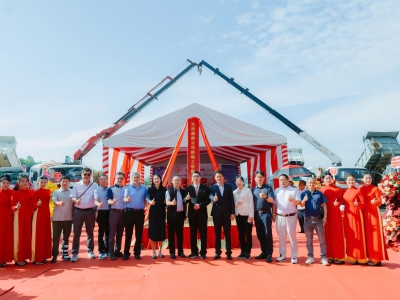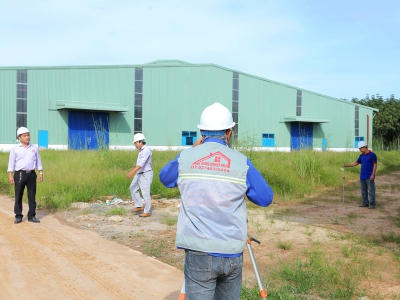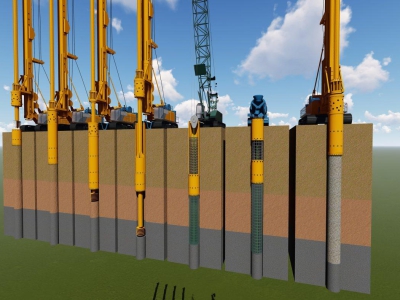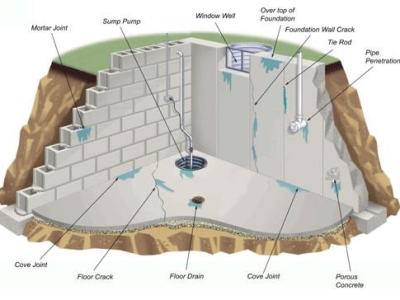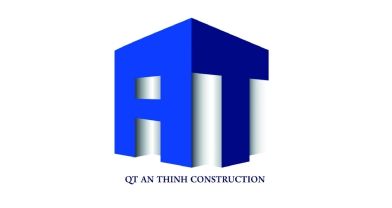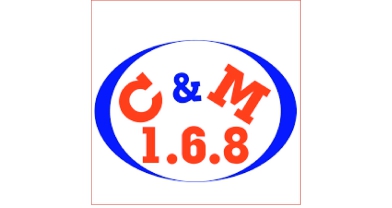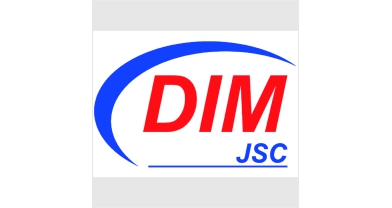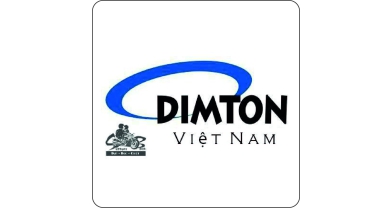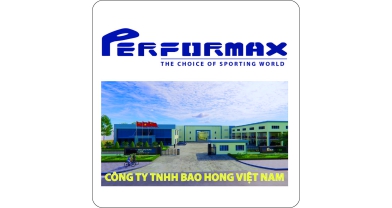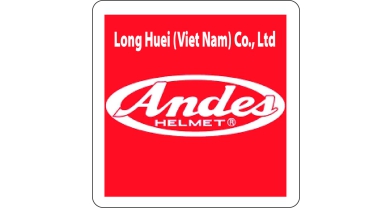WHAT IS MEP MECHANICAL ELECTRICAL SYSTEM? ROLE OF MEP IN CONSTRUCTION
At factory and factory construction projects, the MEP system plays a very important role. This is the MECHANICAL - ELECTRICAL system in a construction project that ensures stable operation and comfort of the projects. Only if this system is stable will construction operations proceed smoothly.
In fact, integrating MEP elements in the construction and construction process requires high expertise and techniques. Extensive knowledge of the latest regulations, standards and technologies in this field is required to ensure the sustainability, safety and efficiency of the system. Join Hung Nghiep Phu to learn details about MEP electromechanical systems through the article below!








 (Hình minh họa, nguồn: Internet)
(Hình minh họa, nguồn: Internet)